Building homes from the floor up
Up to 3 FREE Samples
Building homes from the floor up
Up to 3 FREE Samples
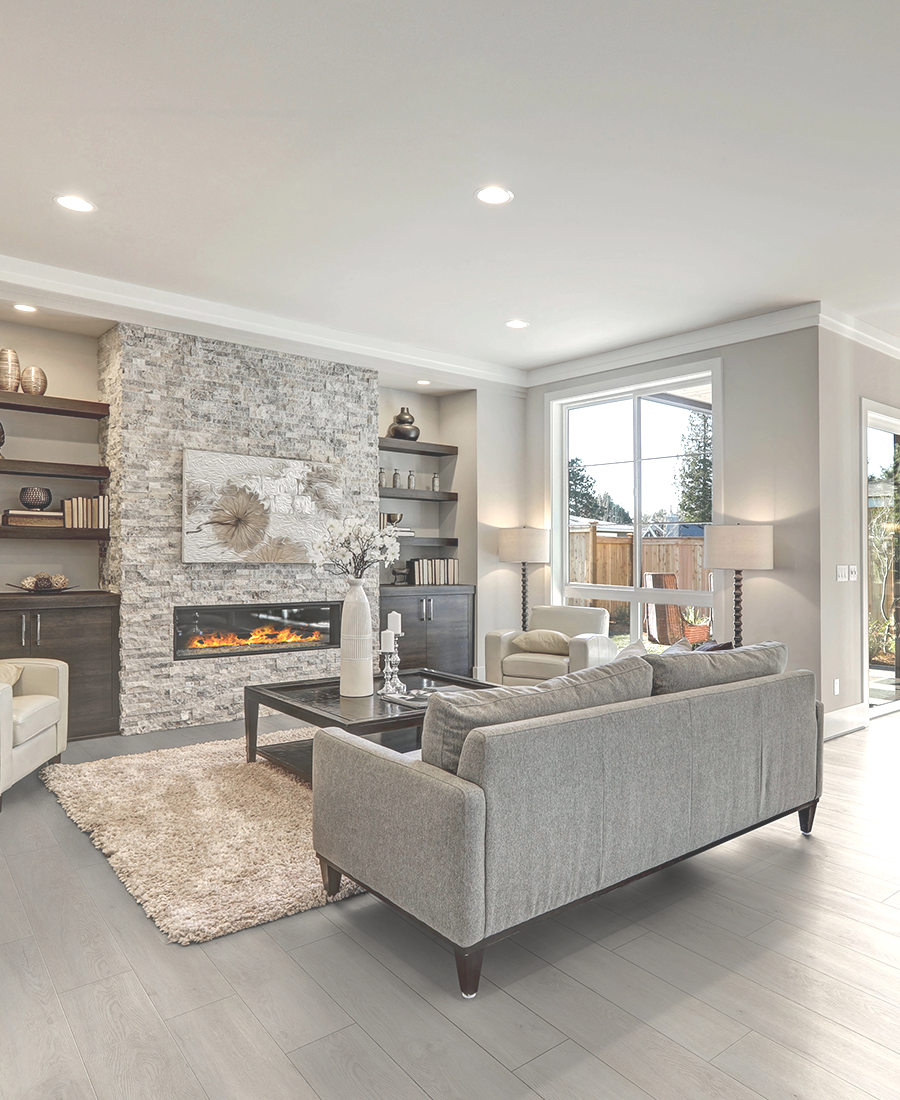

Colour matching is nothing short of an art; something that interior decorators and architects alike spend years studying. If the time has come for you to redecorate, don’t worry if the right colour scheme doesn’t pop into your head effortlessly.
Here at Luvanto, we’re interior decorating specialists, so we’ve put our heads together to help make the process easier for you. Follow these tips to find the perfect colour scheme for your newly redecorated home.
If your upholstery, rugs or wall art have strong patterns, study their colours closely.
The darkest colours should match the oak effect flooring, while lighter colours in the pattern should be reflected on the walls and ceilings. Which brings us on to our next point…

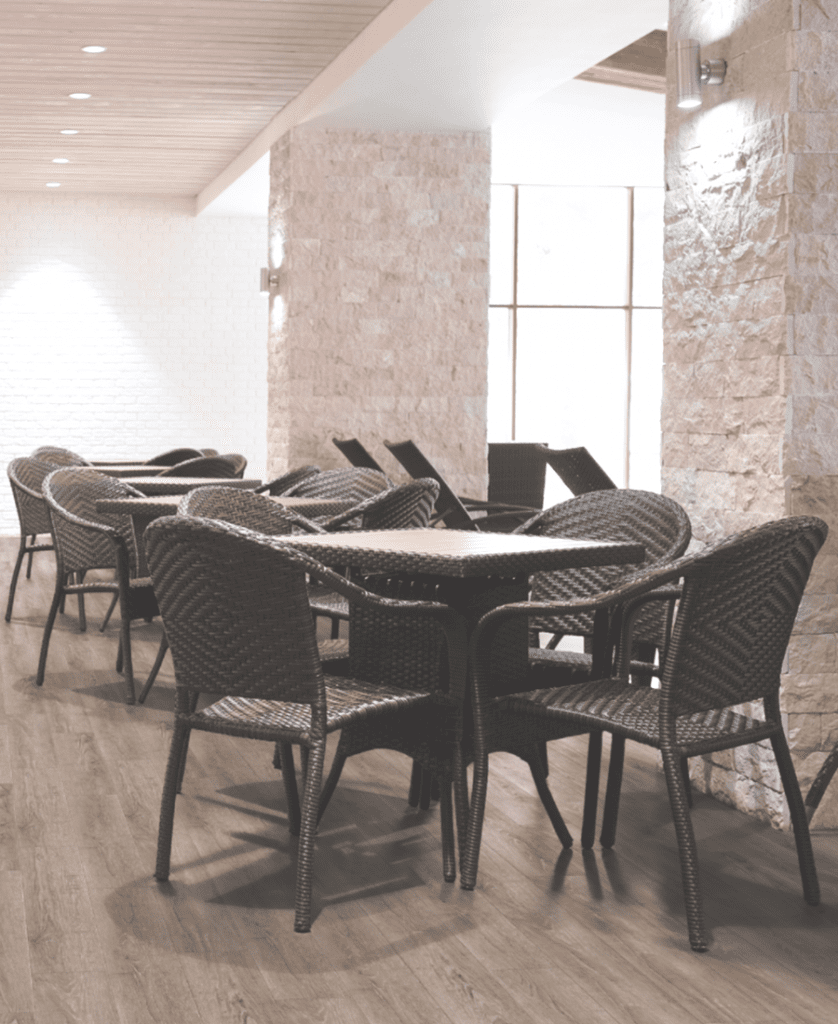
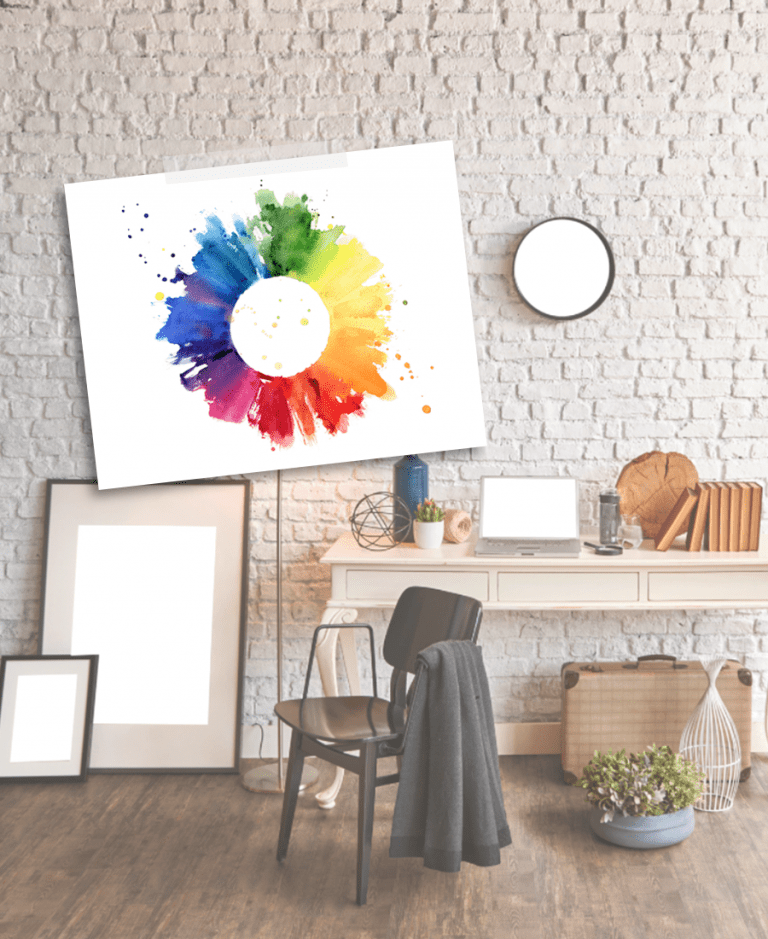
One of the tried and tested rules of interior decorating is to decorate vertically, from dark to light. This is a risk-free option, preferred by those who don’t want to go too overboard with experimental décor too soon. Use your darkest colour values on the flooring, wood effect flooring is great for acheiveing this particular look; medium colour values for the walls and keep your lightest colours for the ceiling.
Why are we naturally drawn to this form of colour balance? Just look outside. The earth itself is the darkest in colour and generally, the colour palette of a natural scene will lighten towards a bright, light sky.
One of your hardiest tools in the redecoration process is the colour wheel. It can help you with tonal, harmonious or complementary colour schemes:
A. Tonal:
Pick one colour, and play with tones of that colour throughout the room. Conversely, if you’re feeling ambitious, you could pick multiple colours but stick to the same depth of tone.
B. Harmonious:
By picking two colours next to each other on the colour wheel, you’ll get a tranquil, restful feel in your room. This works nicely in an informal, private space like the bedroom.
C. Complementary:
Colours that lie opposite one another on the colour wheel will give a room some oomph. This is perfect for a room that needs to provide impact.
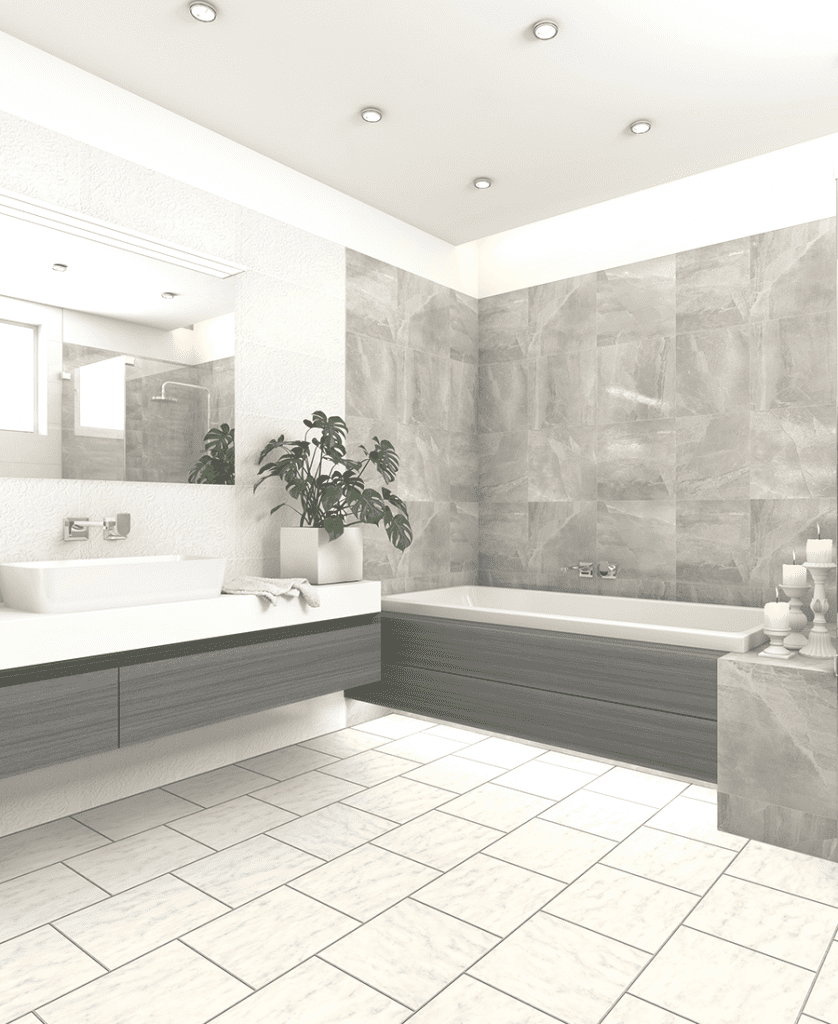
Sometimes, a room has a feature so unique that tried and tested rules need to be broken. Here’s one example. If a ceiling is so high that it alienates other components of a room, you can lower it by painting it a darker shade than the walls.
Similarly, if you’re apprehensive to get too colourful in any given room, you could consider painting the ceiling, door trim and floor mouldings the same shade. It acts as a transition colour and makes a room feel elegant.
We’ve got one last, important tip for choosing the right colour scheme for your home. Never forget the impact of daylight on any room. Throughout the day, the lighting will change gradually. When you’re judging samples – whether that’s wall paint, or free flooring samples – take a look at how the colour appears in the morning, in the afternoon, and after dark. One of our favourite flooring types is tile effect flooring, the sunlight beautifully reflects off the floor and bounces around the room creating a more vibrant atmosphere.
Recently Viewed
Related Articles
Stylish and Durable Hallway Flooring Ideas
Kitchen Flooring Ideas: Beauty and Durability for the Heart of Your Home
Practical and Pretty Bathroom Flooring Ideas
5 Flooring Ideas for Busy Families
Grey LVT: Trends and Styling Tips for your Home
How much does LVT flooring cost?
Clay Earth
Midnight Olive
Coastal Cottage
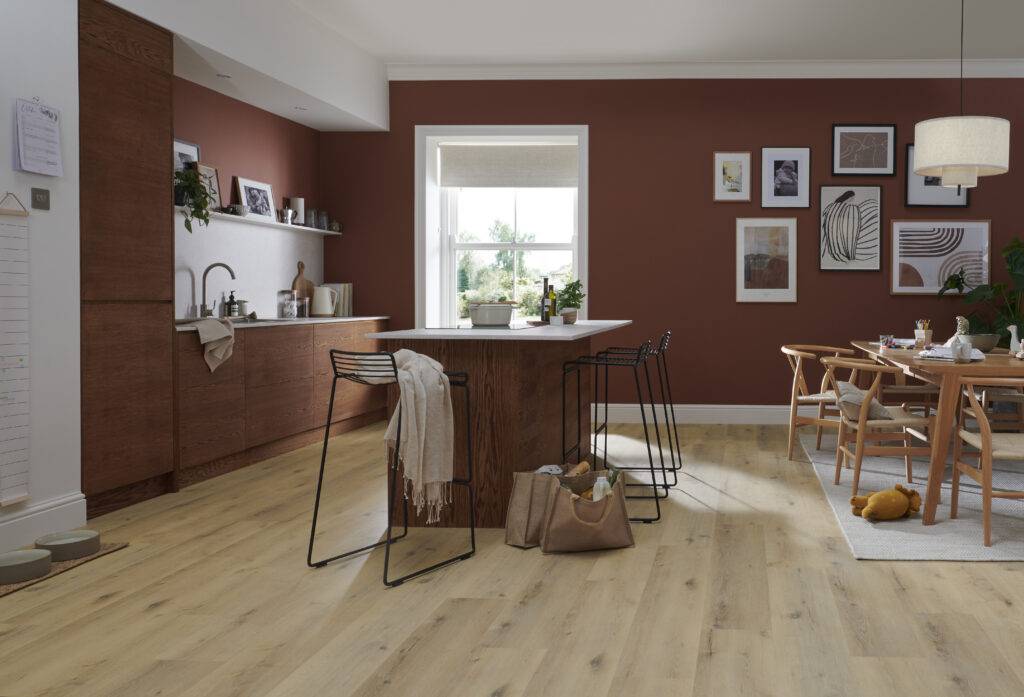
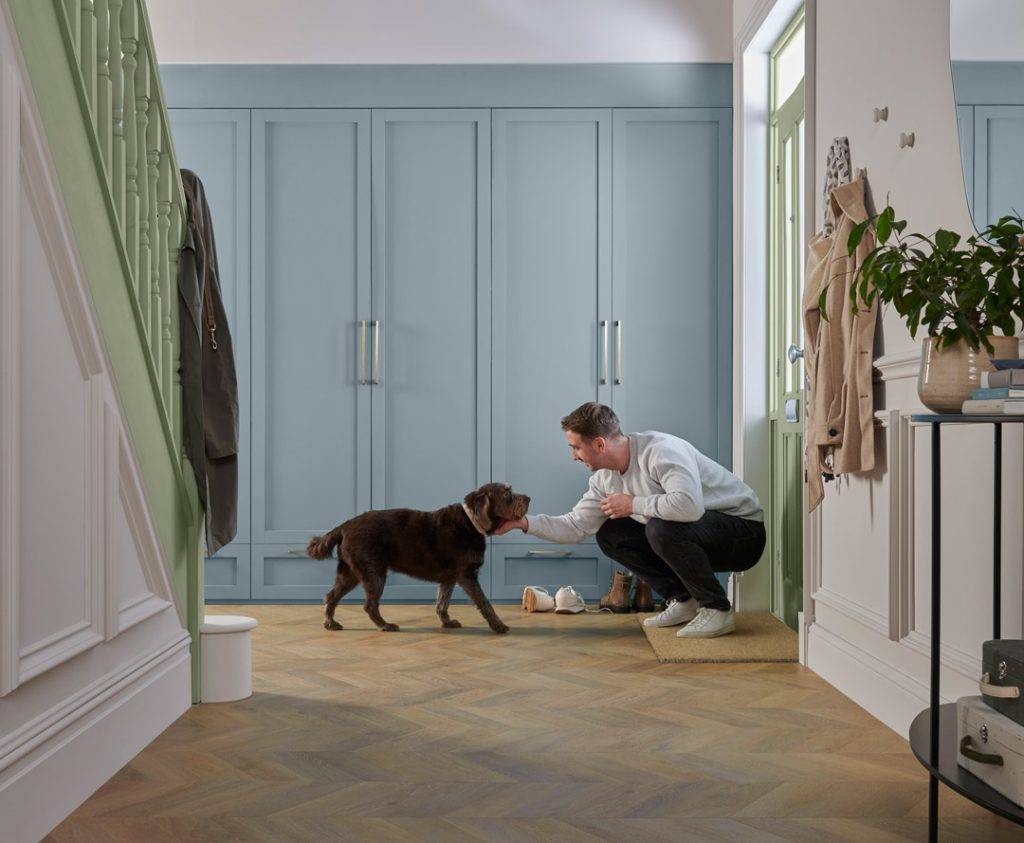
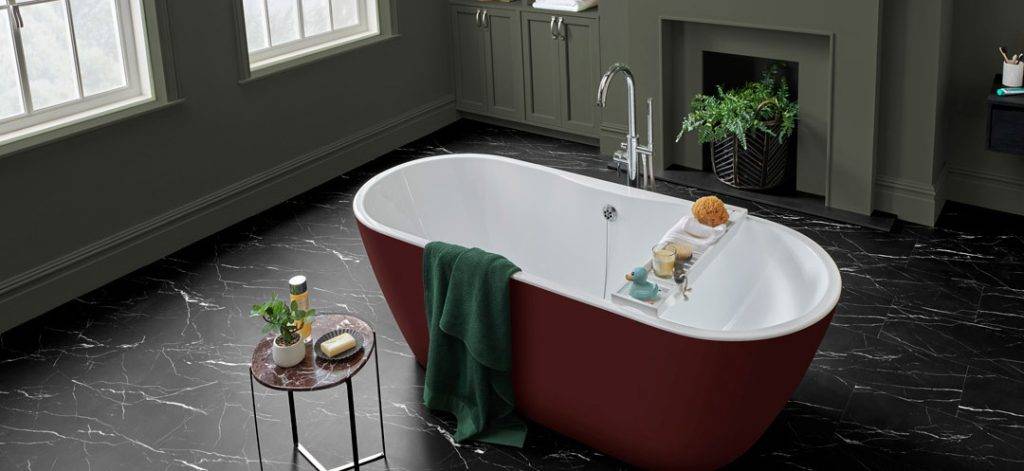

Trends come and go but a Luvanto floor is forever.
Keep your interiors looking show-home worthy with our colour and trend inspiration. As experts in colour forecasting and pairings, we match the latest trends and colours with each of our flooring shades so you can stay tickled pink with your décor all year round.
Flooring
Inspiration
Where To Buy
Help And Support
Copyright © 2024 Luvanto - QA Flooring Solutions Ltd. All Rights Reserved.
QA Flooring Solutions Ltd is a company registered in England
Registered Office: Unit 2 Hurricane Drive, Speke, Liverpool, L24 8RL
Company Registration Number: 07870268 | VAT Number: 852026449
| Cookie | Duration | Description |
|---|---|---|
| cookielawinfo-checkbox-analytics | 11 months | This cookie is set by GDPR Cookie Consent plugin. The cookie is used to store the user consent for the cookies in the category "Analytics". |
| cookielawinfo-checkbox-functional | 11 months | The cookie is set by GDPR cookie consent to record the user consent for the cookies in the category "Functional". |
| cookielawinfo-checkbox-necessary | 11 months | This cookie is set by GDPR Cookie Consent plugin. The cookies is used to store the user consent for the cookies in the category "Necessary". |
| cookielawinfo-checkbox-others | 11 months | This cookie is set by GDPR Cookie Consent plugin. The cookie is used to store the user consent for the cookies in the category "Other. |
| cookielawinfo-checkbox-performance | 11 months | This cookie is set by GDPR Cookie Consent plugin. The cookie is used to store the user consent for the cookies in the category "Performance". |
| viewed_cookie_policy | 11 months | The cookie is set by the GDPR Cookie Consent plugin and is used to store whether or not user has consented to the use of cookies. It does not store any personal data. |
Building homes from the floor up
Up to 3 FREE Samples